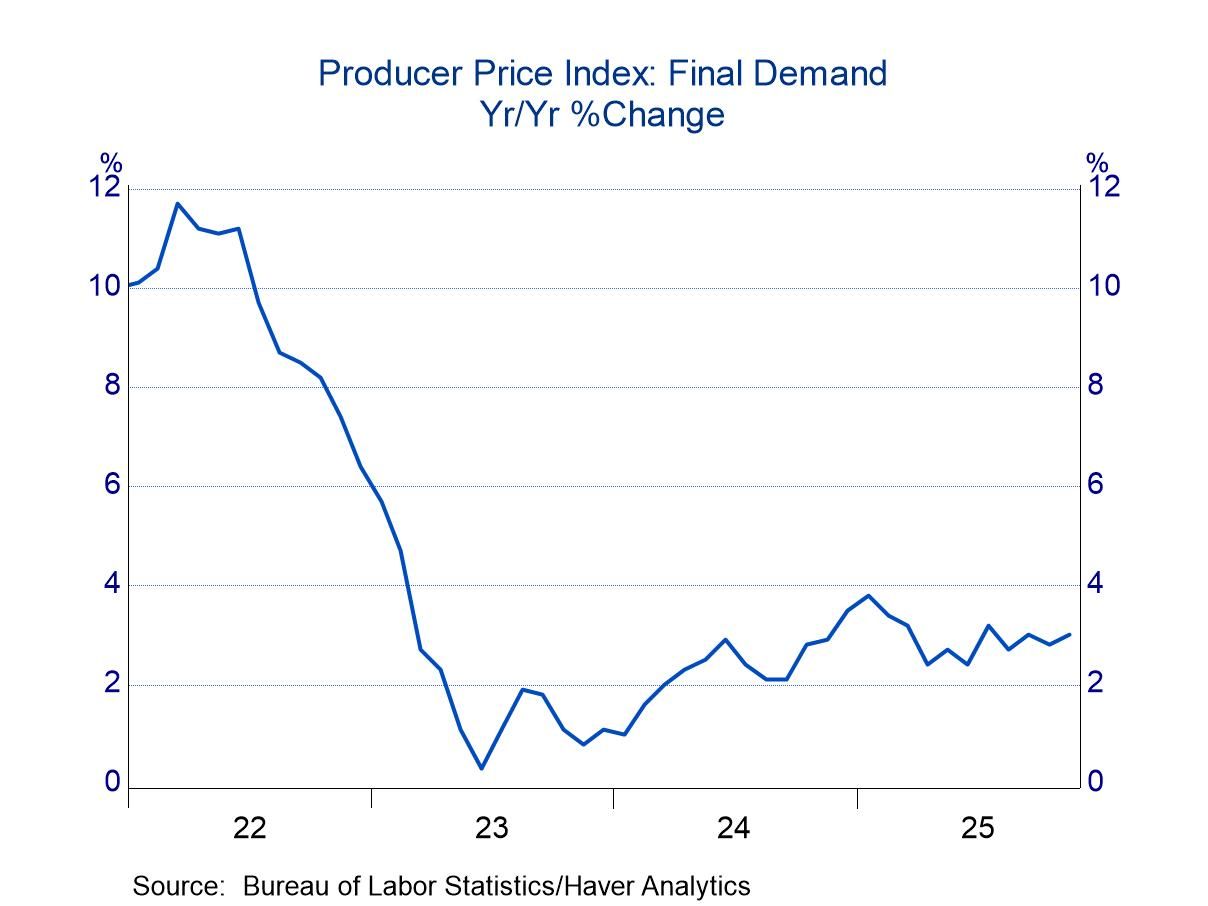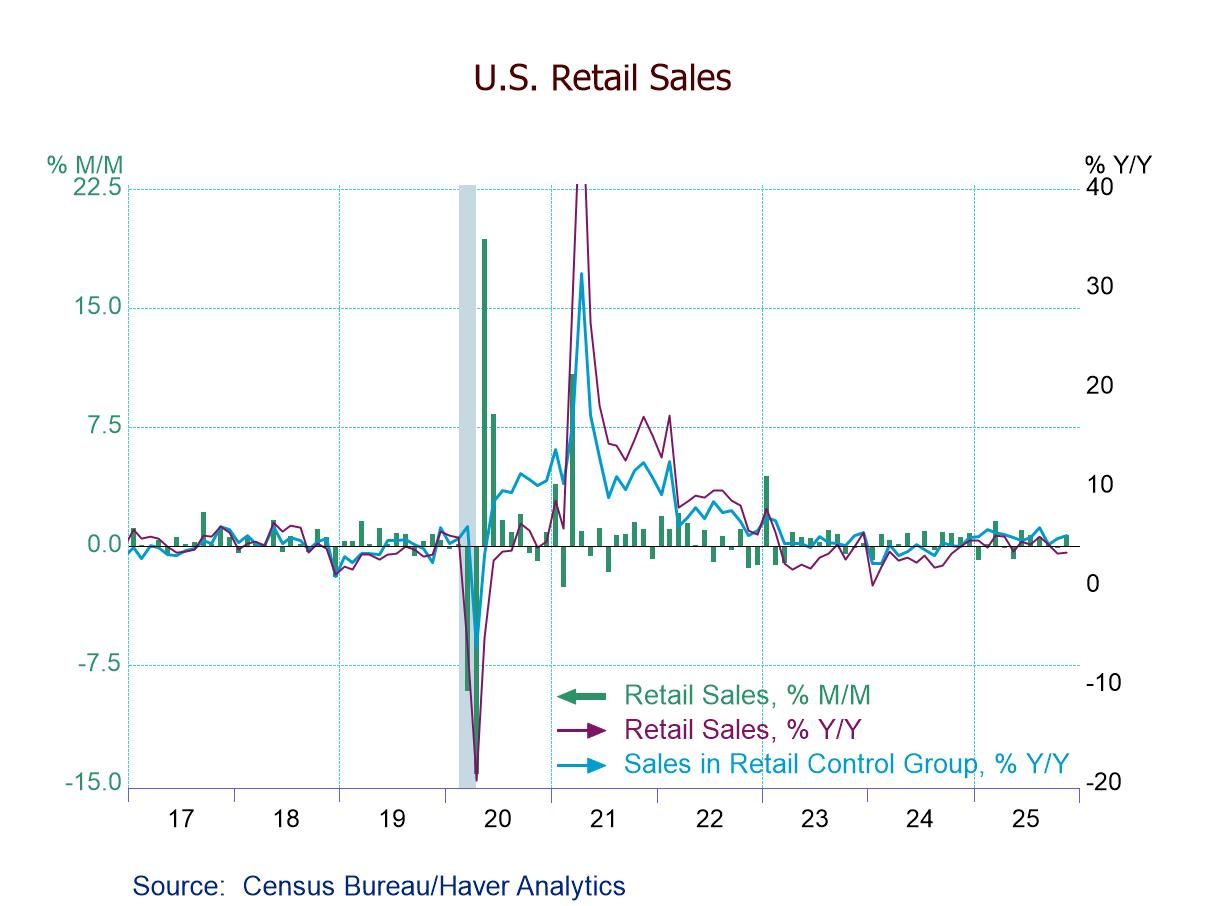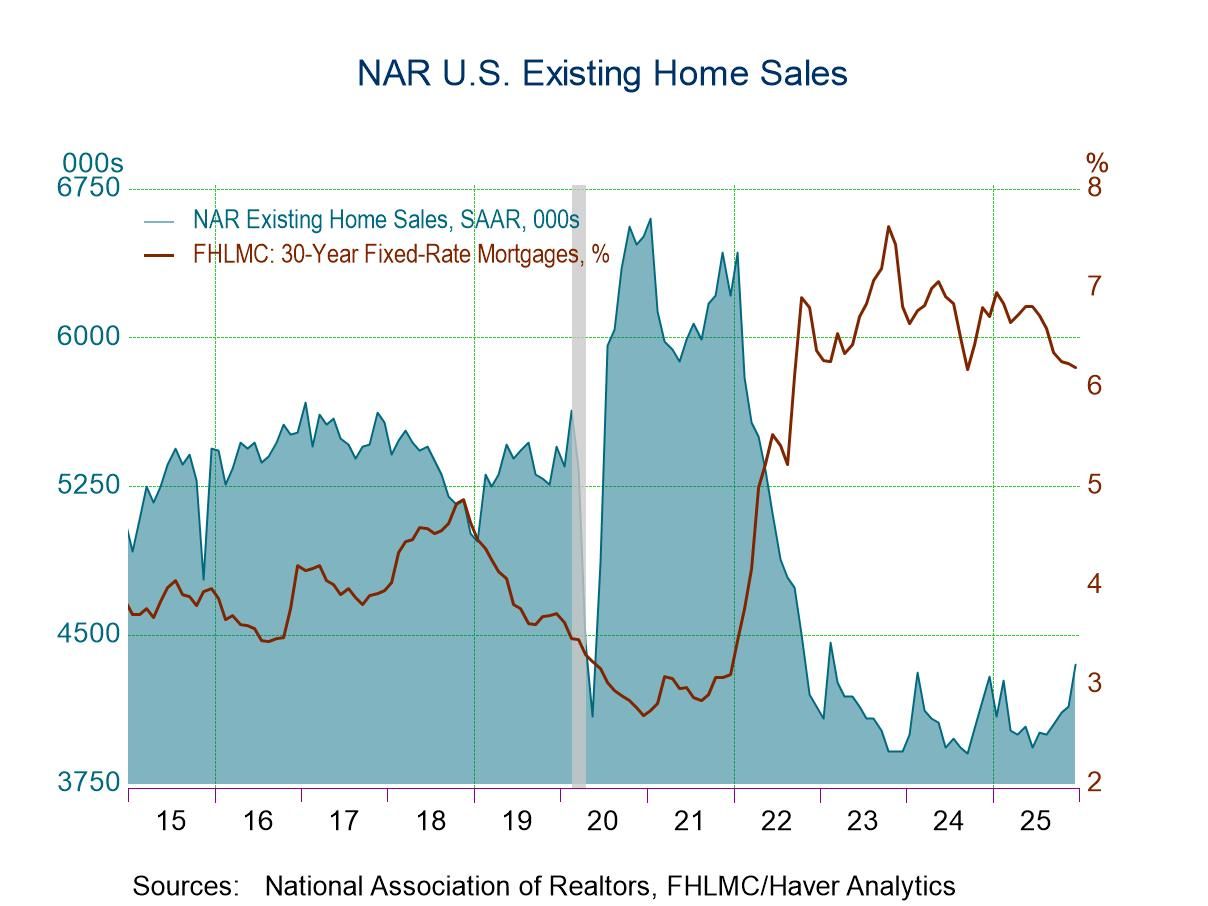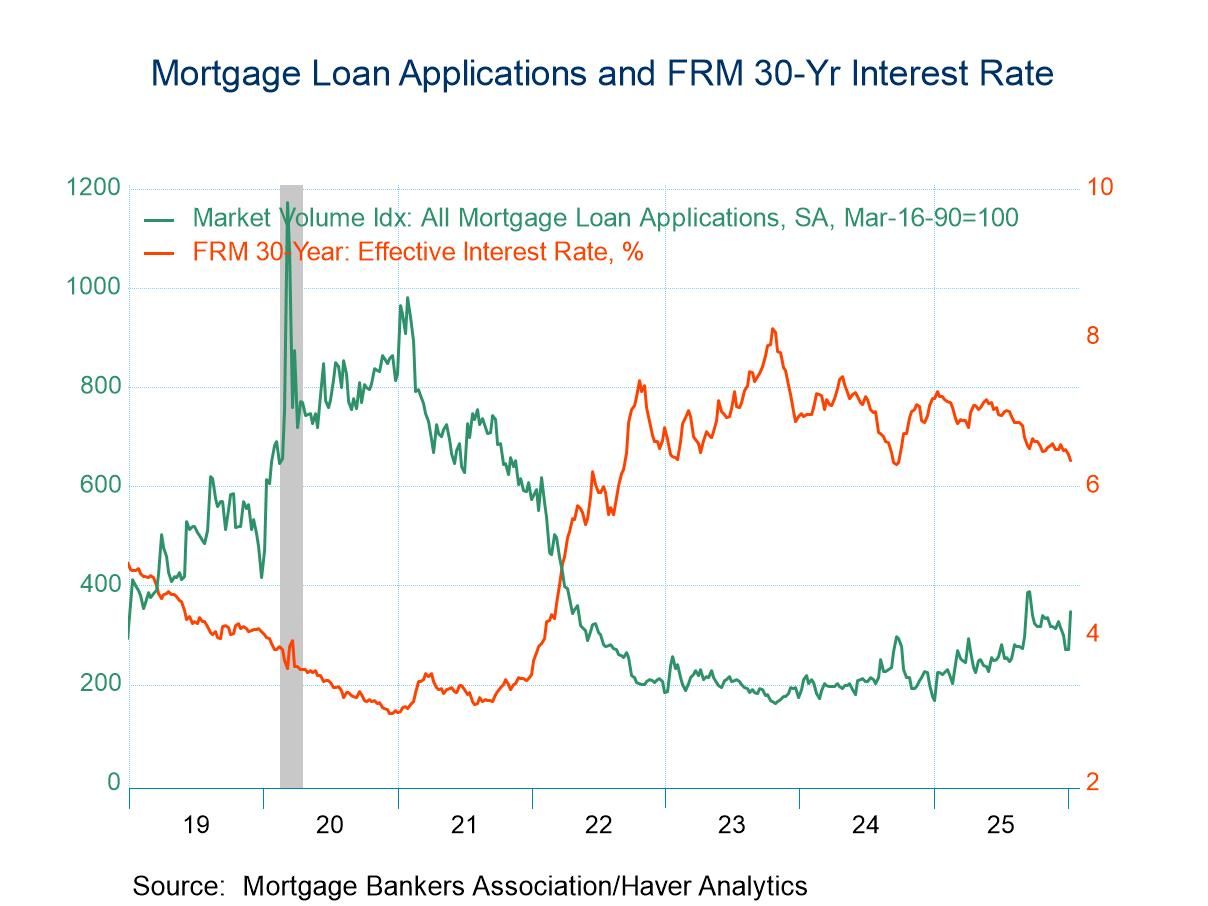 Global| May 19 2023
Global| May 19 2023Charts of the Week (May 19, 2023)
by:Andrew Cates
|in:Economy in Brief
Summary
Financial markets were a little unsettled earlier this week but heightened optimism about the willingness of US politicians to raise the US debt ceiling has calmed some fears. Incoming economic data, however, have taken a turn for the worse and there is arguably now mounting evidence to suggest that tighter monetary policy is beginning to exact a heavier toll. Against this backdrop, our charts this week look at the expectations for US monetary policy that are now implicit in the shape of the US yield curve (in chart 1). We turn next to the trend toward private sector deleveraging that’s being instigated by tighter monetary policy (in chart 2). China’s economy is our next focus (in chart 3) and the accumulating evidence to suggest that its reopening phase has failed to live up to expectations. That’s an indirect message too from the drag on Japan’s economy from net trade in Q1 that we subsequently explore (in chart 4). A slowing UK labor market and the welcome messages this is offering the Bank of England in its inflation-fighting campaign is our next focus (in chart 5). Finally, and staying with inflation issues, we explore what US companies have to say about demand pressures and profit margins and their impact on prices (in chart 6).
The US yield curve The shape of the US Treasury market yield curve still suggests very high odds of a US recession in the period ahead. Front-month yields are still well above longer-dated yields, for example, and even more so at present relative to three months ago (see chart 1). Investors are, in other words, assuming the US economy will respond much more negatively to the Fed’s prior tightening campaign in the immediate months ahead and that this will, in turn, prompt a pivot toward easier monetary policy by the end of the year.
Chart 1: The US yield curve

Private sector de-leveraging The pace at which households and companies deleverage their balance sheets will be key for resolving the hard versus soft landing debate in the period ahead. A steep climb in private sector savings balances is, after all, usually a key channel via which recessionary forces take hold. That these balances have started to creep up over the last few months, as savings propensities have climbed, is therefore of some concern (see chart 2 below). With banks now also more actively tightening lending standards and thereby choking off the supply of credit, this deleveraging process may have further to run in the coming months.
Chart 2: Private sector savings balances in the US, Japan, euro area and UK

China’s economy Turning to China where this week’s data were disappointing, to say the very least. April’s industrial production and fixed asset investment growth, for example, both fell well short of economists’ expectations. Retail sales growth was admittedly much stronger, climbing by 18.4%y/y in April, after 10.1% in March. But those numbers too disappointed the consensus. Most of that growth, moreover, can be traced to services (e.g. restaurant dining); spending on goods - which would have bigger domestic and global spill-overs - was much weaker. That China’s inflationary pressures have remained dormant in recent months, even as a reopening phase should have unleashed firmer demand, is perhaps no surprise against this backdrop (see chart 3 below).
Chart 3: China’s retail sales of goods versus PPI inflation

Japan’s economy That absence of international spill-overs from China’s recovery phase may be one reason why Japan’s economy has not picked up more pace in recent months. In fairness, Japan’s GDP grew by 0.4% q/q in Q1, a relatively impressive pace compared with expectations (which were centered on growth of 0.1%). Growth would have been much stronger than this, however, were it not for a big drag from net trade. As chart 4 below suggests, net trade has derailed Japan’s economic growth over the past few months, in part because of the weakness of China’s import demand. Note: The inventory contribution for Q1 2023 is unavailable and therefore excluded from the calculations in this chart
Chart 4: Contributions to Japan’s GDP growth

The UK labor market Another high profile data release this week concerned labor market activity in the UK. And on the whole, this was an inflation-friendly report, which provided some welcome news for the Bank of England. Most gauges of activity, for example, suggested that a lot of heat is now coming out of the market. And the same could be said of the gauges for wage pressures as well.
Chart 5: UK job vacancies and unemployment

Inflation, demand and profits Unsurprisingly there is an active debate at present about the causes of stubbornly high inflation. Some economists, for example, have been emphasizing the leeway for companies to lift prices beyond what might be construed as normal relative to their unit costs in order to ramp up profitability. The latest evidence from the Atlanta Fed survey of companies’ inflation expectations, however, does not sit neatly with this narrative. Profit margins, for example, are not deemed to be that high at present relative to the averages that have prevailed over the last 10 years. It is noteworthy too, incidentally, and relative to another narrative that concerns the role of loose policy and demand pressures, that there is also little evidence to suggest that heightened sales activity (i.e. additional demand) has been a key cause of higher inflation either.
Chart 6: Atlanta Fed Survey of Inflation Expectations: the impact of margins and sales

Andrew Cates
AuthorMore in Author Profile »Andy Cates joined Haver Analytics as a Senior Economist in 2020. Andy has more than 25 years of experience forecasting the global economic outlook and in assessing the implications for policy settings and financial markets. He has held various senior positions in London in a number of Investment Banks including as Head of Developed Markets Economics at Nomura and as Chief Eurozone Economist at RBS. These followed a spell of 21 years as Senior International Economist at UBS, 5 of which were spent in Singapore. Prior to his time in financial services Andy was a UK economist at HM Treasury in London holding positions in the domestic forecasting and macroeconomic modelling units. He has a BA in Economics from the University of York and an MSc in Economics and Econometrics from the University of Southampton.






